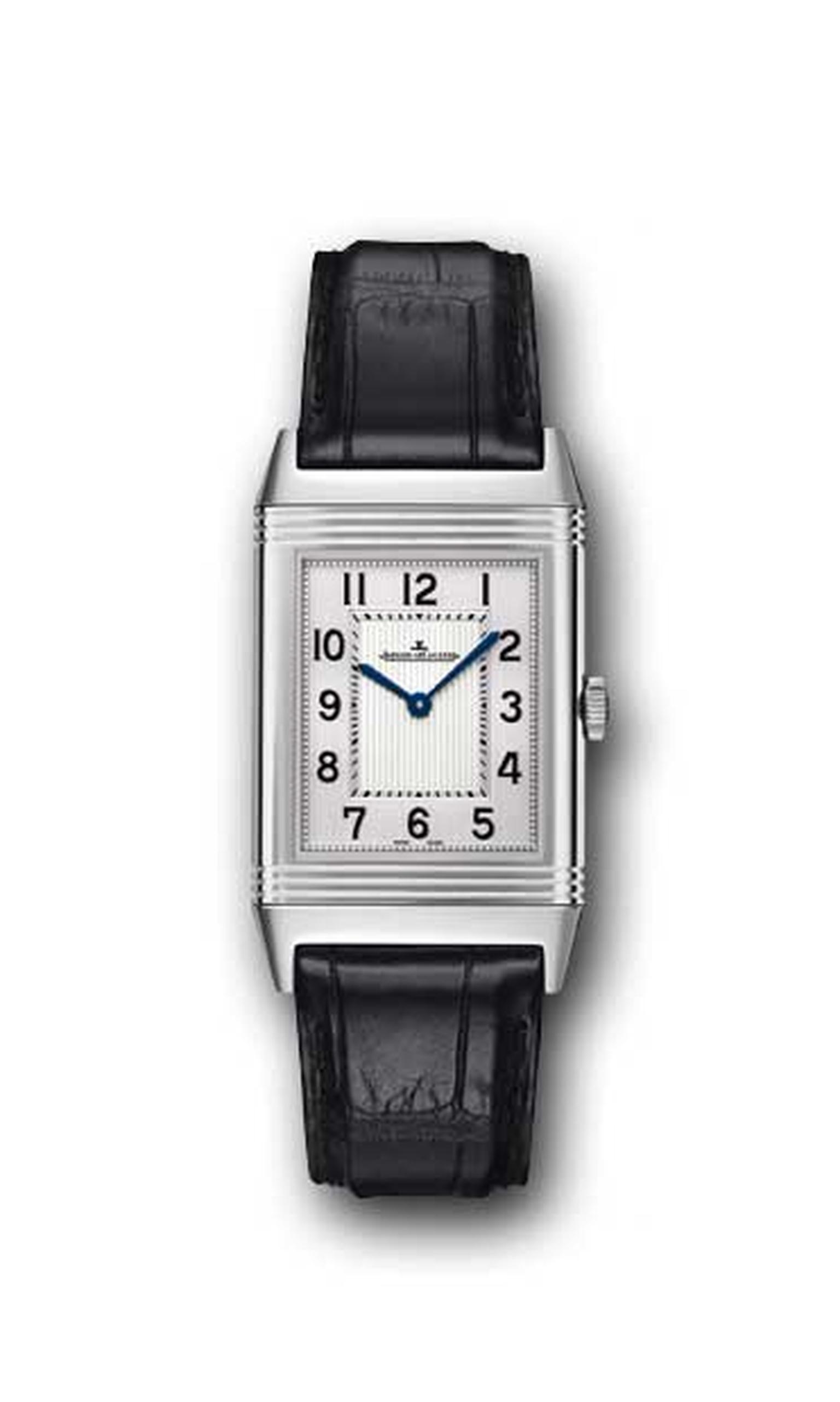
A request by British polo players in India to find a way to shield the glass on their watches from the blows of a mallet, led to an ingenious solution and a winning design. In 1931, Jaeger-LeCoultre filed for a patent for its reversible watch, a swivel-based case that could be flipped over to protect the glass with the caseback, and in doing so created the Reverso watch.
Read more